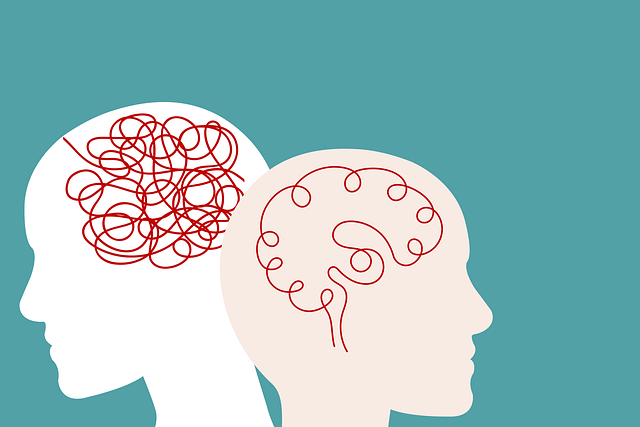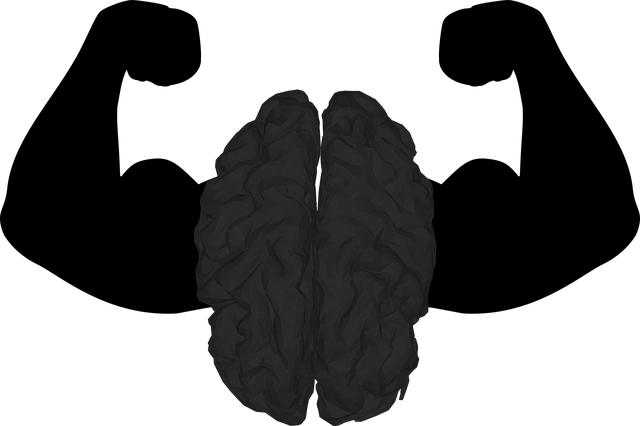Evaluating therapy for children in geriatric settings requires a holistic, multi-faceted approach combining quantitative and qualitative data. Key Performance Indicators (KPIs) should include improvements in emotional regulation, social interactions, and quality of life, such as reduced anxiety levels, enhanced academic performance, and better coping strategies. Quantitative methods like surveys and standardized tests track progress, while qualitative techniques like interviews and observations provide deeper insights into individual experiences and challenges. Integrating both data types empowers therapists to tailor interventions for long-lasting positive mental health outcomes in geriatric pediatric patients.
Mental wellness program evaluations are crucial for ensuring effective support across diverse age groups. This article explores assessment strategies tailored to pediatric and geriatric populations, highlighting critical performance indicators, data collection methods, and successful case studies. We delve into best practices for geriatric programs, incorporating intergenerational feedback and measuring success through client satisfaction and clinical outcomes. Additionally, we discuss integrating evaluation techniques for a comprehensive approach that considers individual and community impacts, leveraging technology to enhance accessibility and remote assessments, particularly in the context of therapy for children and geriatrics.
- Assessing the Impact of Therapy Programs for Children
- – Identifying key performance indicators (KPIs) specific to pediatric mental health
- – Quantitative and qualitative data collection methods for evaluating child therapy
Assessing the Impact of Therapy Programs for Children

Evaluating the effectiveness of therapy programs designed for children is a nuanced process that goes beyond simple numbers and statistics. When assessing the impact of such interventions, it’s crucial to consider the holistic development of young individuals. Therapy for children should not only aim to alleviate symptoms but also foster self-awareness exercises that empower them to navigate their emotions and behaviors. This includes measuring improvements in emotional regulation, social interactions, and overall mental wellness, ensuring that programs contribute to long-lasting positive changes.
Specific areas of interest include assessing depression prevention strategies, trauma support services, and the overall quality of life for participants. By incorporating qualitative assessments alongside quantitative measures, such as parent and teacher reports, we gain a more comprehensive understanding of how therapy benefits children. This evaluation method allows for the identification of effective practices, enabling therapists to tailor interventions and ultimately improve outcomes, catering to both geriatrics and younger populations in need of mental health support.
– Identifying key performance indicators (KPIs) specific to pediatric mental health

Evaluating the effectiveness of mental wellness programs for pediatrics requires a nuanced approach, focusing on indicators that reflect the unique needs and progress of young individuals. Key Performance Indicators (KPIs) specific to pediatric mental health should encompass not only symptoms reduction but also improved functioning and quality of life. This could include measures like changes in anxiety levels, as assessed by standardized tools tailored for children, or improvements in social interactions and academic performance. Additionally, tracking the adoption and impact of interventions such as therapy for children with geriatrics-related mental health issues can provide valuable insights.
Beyond symptom amelioration, KPIs should address mental illness stigma reduction efforts and encourage proactive mood management strategies. Incorporating Mental Wellness Journaling Exercises into the evaluation process can offer qualitative data on children’s self-perception, emotional understanding, and coping mechanisms. This holistic approach ensures that programs are not only successful in treating symptoms but also empower young individuals to maintain their mental wellness throughout their lives.
– Quantitative and qualitative data collection methods for evaluating child therapy

Evaluating therapy for children requires a blend of quantitative and qualitative data collection methods to gain a comprehensive understanding of their mental wellness journey. Quantitative methods, such as surveys and standardized assessments, offer measurable insights into a child’s emotional state, cognitive abilities, and behavioral patterns over time. These tools help in tracking progress, identifying trends, and comparing outcomes against established norms or treatment goals. For instance, rating scales and questionnaires can gauge improvements in symptoms of anxiety, depression, or aggression, providing tangible evidence of therapy effectiveness.
Qualitative methods, on the other hand, delve deeper into the child’s experiences, perceptions, and emotional responses through open-ended interviews, focus groups, and observations. These approaches allow for a more nuanced understanding of the therapeutic process, highlighting unique challenges faced by each child, their interactions with caregivers or peers, and the impact of therapy on their daily lives. Integrating both quantitative and qualitative data in mental wellness podcast series production, like Stress Management and Mental Health Education Programs Design, can lead to rich insights that inform program improvements and contribute to evidence-based practices tailored for pediatric geriatrics.
Evaluating mental wellness programs, particularly those tailored for children, is paramount to ensuring their effectiveness. By identifying specific KPIs and utilizing a combination of quantitative and qualitative data collection methods, we can gain valuable insights into the impact of therapy on young minds. This approach allows us to adapt programs, improve outcomes, and ultimately provide better care for both pediatric and geriatric populations, addressing their unique mental health needs.









